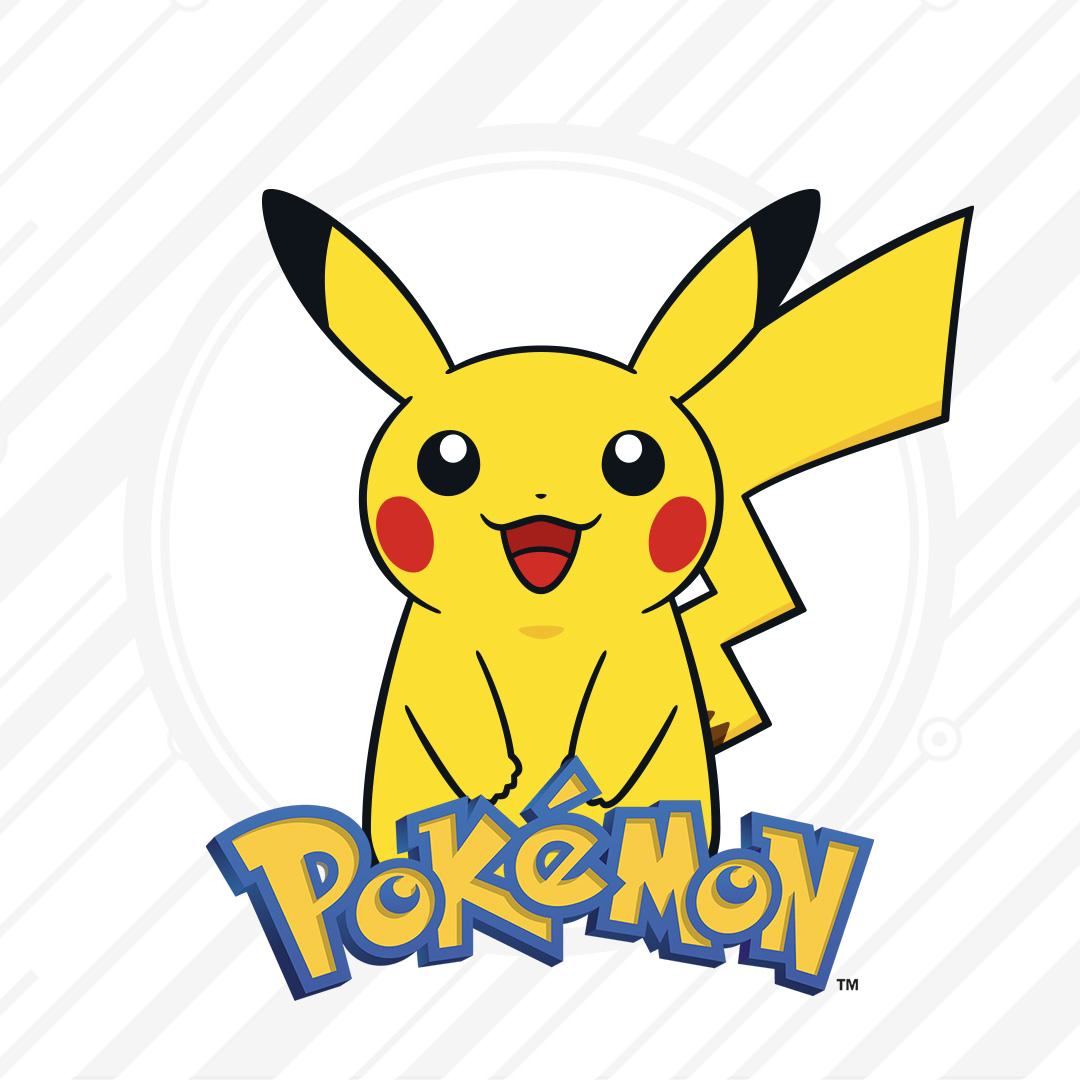Pokémon, an expansive media franchise, encompasses a wide array of media such as video games, television series, films, trading cards, and a plethora of merchandise. Within this franchise exists a shared universe where humans coexist harmoniously with extraordinary creatures known as Pokémon. These Pokémon come in various species, each possessing unique powers and abilities.
The world of Pokémon revolves around three primary objectives. Firstly, it centers on the thrilling quest of traveling and exploring new, uncharted territories. Secondly, it involves the exciting task of discovering and capturing a specimen of every Pokémon species found in this fantastical world. Lastly, trainers aspire to build and train a select team of Pokémon from their captures, engaging in epic battles with other players and their Pokémon.
While the franchise’s main target audience is children aged 5 to 12, it successfully captivates individuals of all ages, drawing them into the enchanting world of Pokémon and its captivating adventures.
The Pokémon franchise traces its origins back to Japan, where it all began as a pair of role-playing games crafted by Game Freak, inspired by the visionary concept of its founder, Satoshi Tajiri. These groundbreaking games made their debut on the Game Boy on 27th February 1996 and soon surpassed all expectations, emerging as surprise hits. Following their remarkable success, the Pokémon universe expanded rapidly, giving rise to manga series, a trading card game, captivating anime series, and thrilling films.
Between 1998 and 2000, Pokémon made its triumphant journey beyond Japan’s borders, captivating audiences worldwide and sparking an unprecedented global phenomenon known as “Pokémania.” The craze was truly a cultural sensation that engulfed the world in Pokémon frenzy. As with any widespread craze, it eventually subsided by 2002, but the Pokémon brand solidified its position as a cornerstone of children’s entertainment, continually introducing new products to this very day.
In the summer of 2016, a renaissance for the franchise was born with the launch of Pokémon Go, an innovative augmented reality game developed by Niantic. This mobile sensation rekindled the Pokémon craze, igniting the passion of fans old and new. Since then, the Pokémon franchise has only grown in prominence, attaining remarkable heights as one of the highest-grossing media franchises globally and cementing its status as one of the largest and most influential gaming franchises of all time.
The ownership structure of Pokémon sets it apart from conventional franchises. Rather than being managed by a single entity, Pokémon’s ownership is divided among three prominent companies: Nintendo, Game Freak, and Creatures.
Game Freak takes on the responsibility of developing the iconic role-playing games that form the core of the Pokémon franchise. These games are highly cherished by fans and serve as a foundation for the entire Pokémon world.
Nintendo, on the other hand, assumes the role of exclusive publisher for Pokémon games, ensuring that they are released solely on their gaming consoles.
Creatures plays a vital role in producing the Pokémon card sets, crafting some of the spin-off video games, and providing valuable assistance to Game Freak in the development process.
As for the Pokémon anime series and films, they are co-owned and written by Shogakukan, adding another layer of collaboration to the franchise.
To oversee Pokémon operations in Asia, The Pokémon Company (TPC) was established in 1998 as a joint venture between Nintendo, Game Freak, and Creatures.
For regions outside of Asia, The Pokémon Company International (TPCi) takes charge of managing the Pokémon franchise since 2009. TPCi serves as a subsidiary of The Pokémon Company and effectively handles all matters related to Pokémon in these regions.
Through this unique and cooperative ownership structure, Pokémon continues to thrive and captivate audiences worldwide, solidifying its status as a beloved and enduring franchise.

